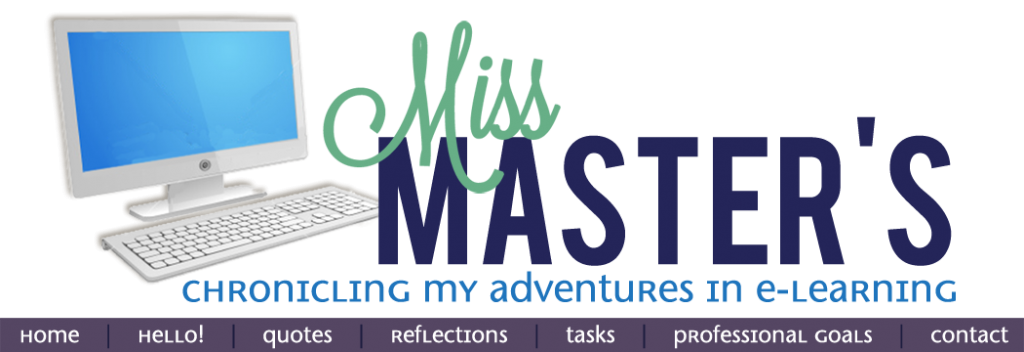The website that I have been using over the past few weeks
is UNICEF. I have specifically used UNICEF Canada, Haiti and Australia when
considering different topics for many different reasons and assignments. I love
the website because you can access information for almost any country around
the world and because UNICEF is a prominent and well regarded organization they
are able to offer pertinent information on a wide range of topics across the
globe.
Among all the valuable information available on this website
one story that stood out with regards to my current professional development
had to do with the current situation in Syria. As we just finished discussing
poverty this article spoke to me right away. I knew the situation was bleak but
when reading the statistics I was overwhelmed. The article headline states: “Children
of Syria-A Generation is about to be lost. We can stop this”. I had to read on.
The article stated that 5.5 children are currently at risk because of the three
year conflict that has devastated the country. 1.2 million Syrian children have
been evacuated and are now in refugee camps in the surrounding countries.
Before reading this article I hadn’t thought about the way in which for many
children this life is all that they have ever known. They were born into this
conflict, strife and poverty and will not know anything else if we do not help
them. In order to support these children, UNICEF has helped support a
humanitarian operation supplying food, water, education, clothing and critical
immunizations to Syria and its neighboring countries. 9 million children have
been vaccinated against polio. More than 10 million people have received clean,
safe water and 480,000 children who couldn’t go to school are learning again
through UNICEF child friendly centres.
UNICEF explains that their work supports children’s rights
for survival, helps to stop child exploitation, acts as an emergency
humanitarian aid, helps support child development and education, protects
children from AIDS and HIV and works as an advocate for all children in over
192 countries throughout the world. UNICEF is “the world’s leading
child-focused humanitarian and development agency” (UNICEF Canada, 2014). As
the world’s advocate for children’s rights, they influence perspectives, policies
and decisions to advance the rights of children in all countries. (UNICEF
Canada, 2014). In terms of advocating for children across the globe UNICEF
works with governments, nongovernmental organizations and the private sector to
produce leading research and put it into action for children and their
communities.
References:
UNICEF Canada, 2014. Retrieved from http://www.unicef.ca/en/discover/advocacy










